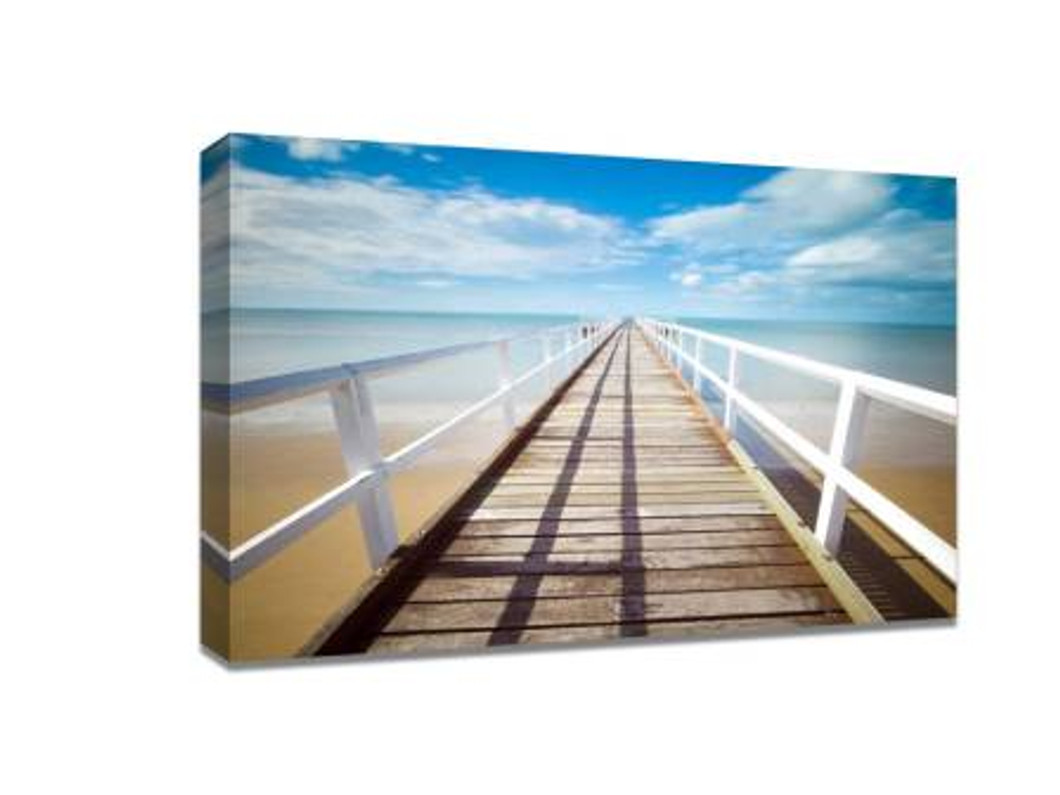10 Simple Tips for Improving Your Composition
Good composition is what turns an ordinary photo into a captivating image. Whether you’re shooting with your phone or a DSLR, understanding how to frame your shots is essential. This not only elevates your photography but also makes your images perfect for transforming into canvas prints that will last a lifetime. Below are 10 simple yet effective tips to improve your composition.
1. Understand the Rule of Thirds
Divide your frame into nine equal parts using two horizontal and two vertical lines. Place your subject or focal points along these lines or at their intersections. This simple adjustment can instantly make your photos more dynamic and visually appealing.
2. Fill the Frame
Avoid leaving unnecessary empty spaces unless it serves a purpose. By moving closer or zooming in, you fill the frame with your subject, eliminating distractions and giving your photo a stronger impact.
3. Use Leading Lines
Roads, fences, shadows, or even a row of trees can guide the viewer’s eye through your photo. Leading lines help create depth and direct attention to your main subject.
4. Pay Attention to Backgrounds
A busy or cluttered background can ruin an otherwise great shot. Check the backdrop before you click and reposition yourself or your subject if needed to create a cleaner, more professional look.
5. Experiment with Angles
Don’t just shoot at eye level. Try crouching low, climbing higher, or tilting your camera for fresh perspectives. Unusual angles can turn an ordinary subject into an extraordinary photo.
6. Frame Within a Frame
Use natural frames like doorways, arches, or tree branches to encircle your subject. This adds depth, context, and a sense of storytelling to your image.
7. Work with Negative Space
Sometimes, empty space enhances your subject. Negative space can create a sense of simplicity and focus, making the subject stand out even more. This minimalist approach often produces stunning, modern-looking prints.
8. Balance Your Elements
If your main subject is on one side of the frame, balance it with a smaller object, color, or texture on the opposite side. Balanced photos feel harmonious and pleasing to the eye.
9. Use Color and Contrast
Bright colors or sharp contrasts draw attention. Look for complementary or contrasting colors that can highlight your subject or create a mood. Subtle tones can work just as well to evoke emotion.
10. Practice Intentional Cropping
Sometimes the photo you envisioned isn’t the one you captured. Don’t hesitate to crop your images during editing. Tightening your composition after the shot can dramatically improve its final look, especially for large-format printing.
Why Composition Matters for Printed Photos
When you print your photos—especially as large, high-quality pieces—composition becomes even more important. A well-composed image looks professional and timeless, making it ideal for decorating your home or giving as a gift. Whether it’s landscapes, portraits, or everyday moments, following these tips ensures your photos shine when turned into canvas prints.
Final Thoughts
Improving your composition is a skill that grows with practice. By implementing these 10 simple tips, you’ll not only create more engaging photos but also produce images worthy of display. Next time you’re out shooting, keep these principles in mind. With the right composition, your images can transform from snapshots into art you’ll be proud to hang on your wall.
Recent Posts
-
The Best Canvas Prints for Your Bedroom: Create a Relaxing Atmosphere
Choosing the right artwork for your bedroom can completely transform the way the space feels. A bedr …11th Dec 2025 -
How to Mix Canvas Prints with Other Home Decor Elements
Creating a well-designed home interior requires more than simply selecting beautiful artwork. The re …11th Dec 2025 -
Top 5 Affordable Canvas Print Ideas for Your Children's Room
When it comes to decorating your child's room, it's important to create a space that feels as fun, p …8th Dec 2025
